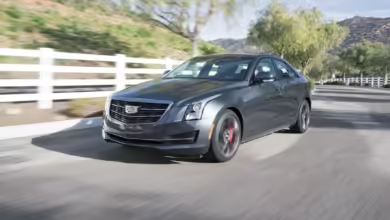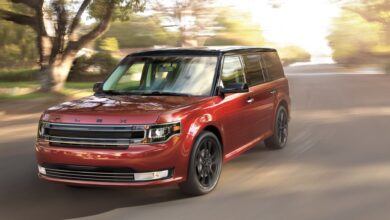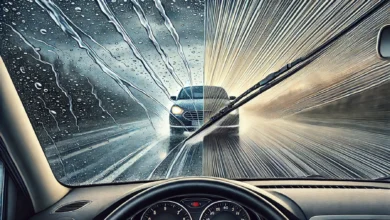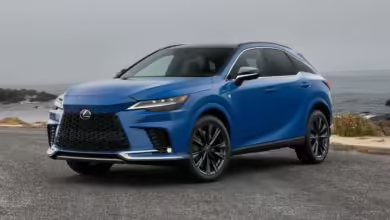How Do You Adjust Your Speed to Create Space in the Middle of Two Packs of Cars?
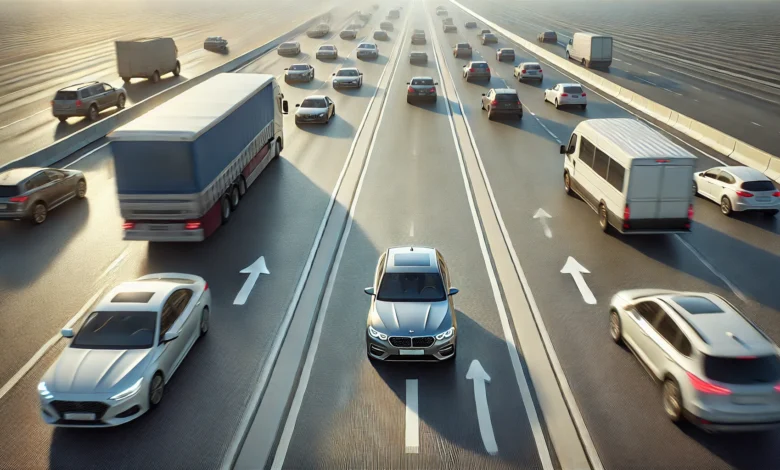
Driving can be a delicate balancing act, especially when you find yourself sandwiched between two packs of cars. Knowing how to adjust your speed to create space not only ensures your safety but also improves the flow of traffic and reduces the risk of accidents. Whether you are on a busy highway or navigating city roads, maintaining proper distance is crucial for safer driving. So, how do you achieve this? In this article, we will explore the best strategies and tips to help you adjust your speed effectively to create a safe space between packs of cars.
Understanding the Importance of Space
One of the core principles of defensive driving is maintaining a safe distance from the vehicles around you. This space gives you the time to react to sudden stops, changes in traffic flow, and unexpected hazards. When you find yourself in the middle of two packs of cars, the first step is to be aware of the space around you, adjusting your speed to maintain an optimal distance from both the vehicles ahead and behind.
Why Create Space in the Middle of Two Packs of Cars?
Creating space in traffic is not just about following traffic rules; it also allows for better reaction time, a smoother ride, and reduced stress while driving. By adjusting your speed appropriately, you can avoid the dangers of tailgating and minimize the risk of collision. Additionally, you’ll have the flexibility to adjust to changes in speed, whether it’s a pack speeding up or slowing down suddenly.
Techniques for Adjusting Your Speed
1. Maintain a Consistent Speed
One of the simplest yet most effective techniques is to maintain a consistent speed that aligns with the flow of traffic. If the cars in front of you are moving at 60 mph and the pack behind is slightly slower, you should aim to match the speed of the leading pack without exceeding it. This way, you won’t have to frequently accelerate or brake, which can lead to erratic driving and cause potential hazards for both yourself and others on the road.
2. Slow Down Gradually
If you find yourself too close to the pack in front of you, one way to create space is to slow down gradually. Reducing your speed by a few miles per hour will help increase the distance between your car and the pack in front. Be mindful to do this smoothly and not abruptly, as sudden braking can cause the pack behind you to catch up quickly, reducing your space even further.
3. Speed Up Temporarily to Increase Distance Behind
In some cases, the pack of cars behind you may be traveling too closely, making it uncomfortable or unsafe. In this scenario, speeding up briefly to create a larger gap can help. Accelerate gently to increase the space behind you, but ensure you do not get too close to the cars in front. The goal is to find a balance that keeps you safely distanced from both packs.
4. Utilize the “Three-Second Rule”
A popular technique for maintaining a safe following distance is the “three-second rule.” This means keeping a three-second gap between your car and the vehicle in front. To apply this rule, pick a fixed point on the road, like a sign or tree. When the car in front of you passes that point, count “one-thousand-one, one-thousand-two, one-thousand-three.” If you reach the marker before finishing your count, you are too close and should reduce your speed. This rule is especially helpful when you are sandwiched between two packs of cars, as it gives you a tangible way to measure and maintain space.
5. Adjust Speed According to Road and Weather Conditions
While maintaining a safe distance is critical, it’s equally important to adapt your speed to road and weather conditions. On wet or icy roads, for example, you should increase your following distance to allow for longer stopping times. Similarly, in low-visibility conditions like fog or heavy rain, slowing down and increasing your space cushion will ensure you have adequate time to react to any sudden changes in traffic.
6. Stay in the Middle Lane When Possible
If you are on a multi-lane road or highway, staying in the middle lane can offer greater flexibility for speed adjustments. Being in the middle lane allows you to adapt your speed as necessary without being forced to brake abruptly for merging traffic or deal with aggressive overtaking from faster drivers. This helps in creating more space around your vehicle and reduces the likelihood of getting caught between speeding packs.
Staying Alert and Predictive
It’s not just about your own speed; staying alert and predictive of others’ driving behaviors is equally vital. Look ahead to anticipate any slowing or merging traffic and keep an eye on your mirrors to monitor the movements of the cars behind you. By being proactive, you can make smooth speed adjustments to maintain space without causing abrupt changes that may surprise other drivers.
When to Increase or Decrease Speed
There are specific times when you should consider adjusting your speed more actively:
- If the pack ahead is slowing down or braking often: Slow down in advance to create a larger space cushion.
- When the pack behind is gaining on you too quickly: Speed up slightly to maintain a safe distance without tailgating the pack ahead.
- When merging traffic is about to join your lane: Adjust your speed to either move ahead of the merging cars or let them in comfortably without causing a backup.
Finding the Balance
The key to successfully creating space in the middle of two packs of cars is to find a balance that allows you to drive comfortably and safely. Adjust your speed gradually, be aware of both the traffic ahead and behind, and always maintain a clear space cushion to allow for any unexpected changes on the road. Remember, the goal is not just to maintain space for yourself but also to contribute to smooth and safe traffic flow for everyone.







